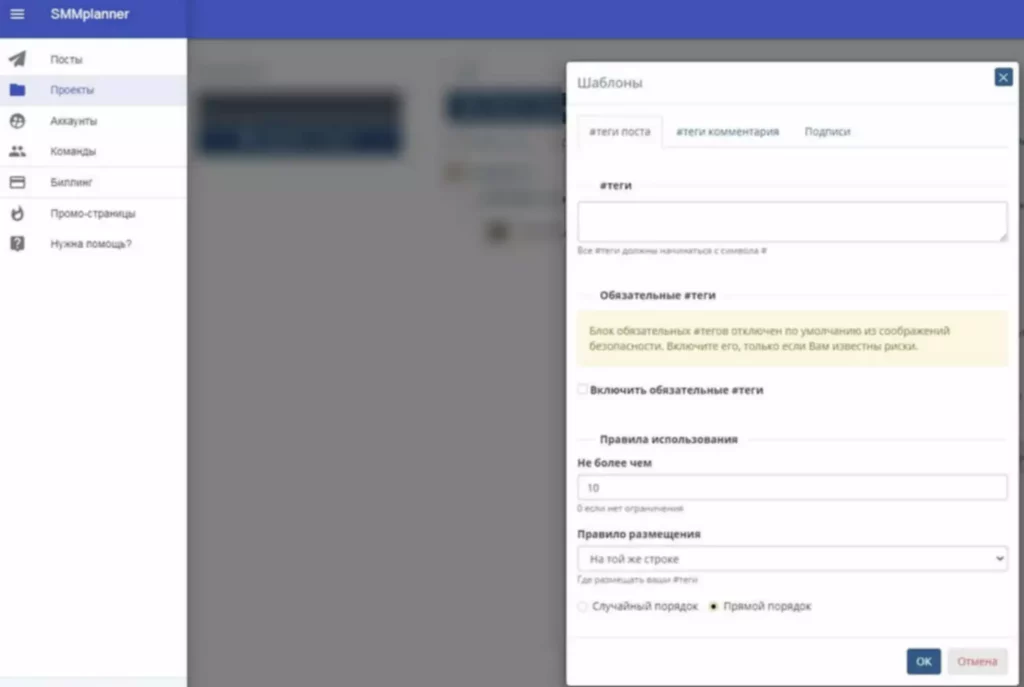The evolution from neural networks to deep learning signifies the shift from easy to advanced architectures able to solving advanced challenges. In the diagram, each circle represents an artificial neuron that processes the enter information utilizing a combination of summation and an activation operate. Synthetic neural networks have been originally used to mannequin organic neural networks starting what can neural networks do in the Nineteen Thirties underneath the method of connectionism.
Understanding their workings is not only essential for aspiring information scientists but in addition for anybody seeking to grasp the technology driving fashionable innovation. Neural networks and deep learning are carefully related, but they aren’t the identical. Understanding their relationship is essential to grasping how superior machine learning systems operate.
This article explored the fundamentals of neural networks, their parts, types, and advanced architectures like GANs and Transformers. We additionally highlighted their functions, advantages, challenges, and how to implement a simple neural network in Python. Neural networks are at the heart of many advancements in Machine Learning and Synthetic Intelligence. They are highly effective instruments that mimic how the human brain works, enabling machines to recognize patterns, make choices, and even predict outcomes. Neural networks have revolutionized industries like healthcare, finance, and transportation by fixing advanced issues similar to image recognition, language translation, and autonomous driving.
Understanding Neural Networks And Their Components

Our method locations humans on the coronary heart of innovation and implementation, and prepares you to form the way ahead for ethical, inclusive and responsible AI. A neural community is a corrective feedback loop, giving more weight to knowledge that helps appropriate guesses and less https://deveducation.com/ weight to information that leads to errors. A function often identified as backpropagation trains the community to identify right responses and ignore incorrect responses. This article was written to answer the query, “what is a neural network.” Here, we’ve mentioned the use of neural networks, in addition to their potential limitations and future developments.
Neural networking plays a important role throughout the aerospace industry, from engineering to flight. One of our training specialists might be in contact shortly to go overy your training requirements. Fill out your coaching particulars below so we’ve a better idea of what your coaching requirements are. One of our training experts will be in touch shortly to go over your coaching necessities. Fill out your contact details under and our coaching consultants might be in touch. Tailoring studying experiences further, professionals can maximise worth with customisable Course Bundles of TKA.
Mean Absolute Error (mae)
In pure language processing, they enable chatbots and virtual assistants to understand and respond to human language. Neural networks are additionally important in healthcare for illness detection, in finance for fraud prevention, and in autonomous vehicles for real-time navigation and decision-making. Neural networks have revolutionized the field of machine studying, offering a robust framework for fixing complicated issues across industries. From recognizing photographs to understanding languages and powering self-driving cars, these techniques are shaping the future of technology.
- These convolutional layers create function maps that document a area of the picture that’s in the end damaged into rectangles and despatched out for nonlinear processing.
- Lastly, throughout a flight, neural community algorithms bolster passenger safety by ensuring the correct operation and security of autopilot techniques.
- These layers generate function maps that record an image’s area, are broken down into rectangles, and sent out.
A neural community can even search for patterns in internet shopping histories to develop recommendations for customers. A particular person perceives around 30 frames or images per second, which suggests 1,800 photographs per minute, and over 600 million pictures per year. That is why we must always give neural networks an identical alternative to have the large information for training.
The Fu Foundation School Of Engineering And Applied Science
In supervised studying, data scientists give synthetic neural networks labeled datasets that provide the best reply in advance. The hidden layers in convolutional neural networks perform specific mathematical functions, like summarizing or filtering, referred to as convolutions. They are very useful for picture classification as a outcome of they will extract related features from photographs that are useful for image recognition and classification.

It consists of layers of interconnected nodes, known as neurons, that work together to analyze data, identify patterns, and make predictions or choices. Neural networks are broadly used for tasks similar to image recognition, language translation, and predictive analytics. A neural network consists of linked models or nodes called synthetic neurons, which loosely mannequin the neurons within the mind. Synthetic neuron models that mimic organic neurons more carefully have additionally been recently investigated and shown to considerably improve efficiency. Every synthetic neuron receives alerts from connected neurons, then processes them and sends a sign to different linked neurons. The “signal” is a real quantity, and the output of each neuron is computed by some non-linear operate of the sum of its inputs, known as the activation perform.
A neural community learns to complete a task by inspecting labeled coaching examples. The samples should be labeled so the network can study to distinguish between items using visible patterns correlated with the labels. When a node receives information from other nodes, it calculates the total weight or value of the data.
Convolutional neural networks are helpful for AI-powered picture recognition purposes. This kind of neural network is commonly used in superior use cases such as facial recognition, natural language processing (NLP), optical character recognition (OCR), and image classification. Whereas traditional computers are ready to exit of the box, neural networks should be ‘trained’ over time to extend their accuracy and efficiency. Fine-tuning these learning machines for accuracy pays rich dividends, giving users a strong computing device in synthetic intelligence (AI) and pc science purposes.
Neural networks are broadly used in a wide range of functions, including picture recognition, predictive modeling, decision-making and natural language processing (NLP). The input layer and hidden layers are typically created using Dense layers, specifying the number of neurons and activation capabilities. Early detection and correct diagnosis of lung diseases are important for bettering patient outcomes. This research introduces a novel approach that integrates advanced image segmentation, function extraction, and classification methods to boost lung illness prognosis. Initially, lung photographs endure pre-processing utilizing median filtering to reduce noise. An improved Transformer-based Convolutional Neural Network (CNN) mannequin is then employed for exact lung disease segmentation, successfully figuring out and delineating pathological areas.
New drug combinations are found by quickly merging the properties of assorted elements and reporting the findings. To ensure effective evaluations, sampling layers are used within the neural network. Modular neural networks feature a sequence of independent neural networks whose operations are overseen by an middleman. Every unbiased network is a ‘module’ that uses distinct inputs to complete a specific part of the larger network’s total goal. Recurrent neural networks are commonly utilized in text-to-speech functions and for sales forecasting and inventory market predictions.


